30 Spanish seaside towns for your next holiday
Sun, sea and sangria

joserpizarro/Shutterstock
Given that it has more than 3,000 miles (4,828km) of coastline, it is little surprise that Spain boasts some of the most beautiful seaside destinations in Europe. There are long sandy beaches and tiny turquoise coves. Magnificent wetlands full of extraordinary birdlife and massive maritime parks protecting sea life. Imposing fortified harbours and quaint whitewashed fishing villages, festooned in flowering bougainvillea. And, of course, lively bars and tavernas, the freshest of seafood and local wines and ciders to wash it all down.
Nerja, Costa del Sol, Malaga
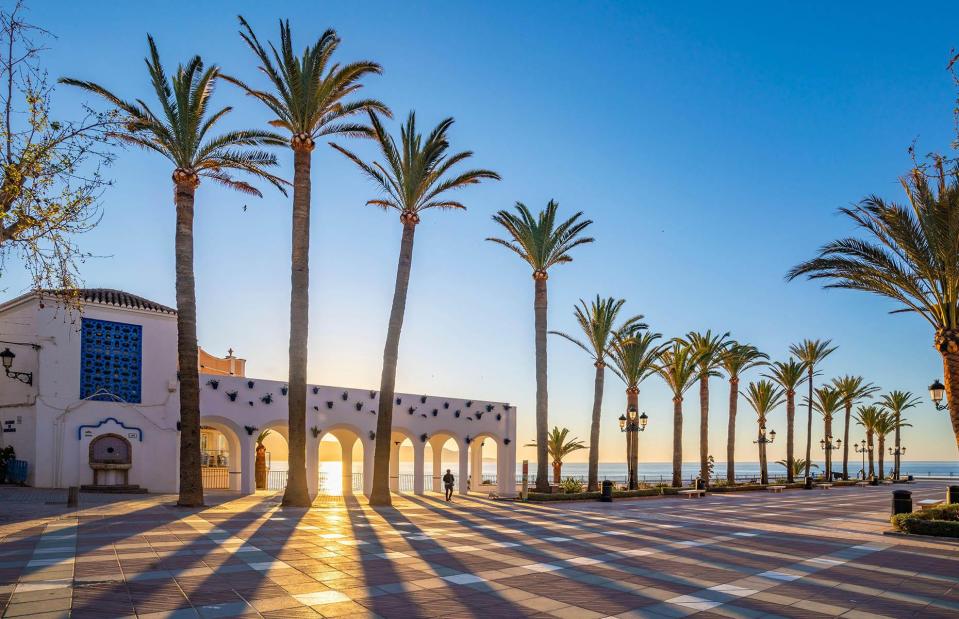
robertharding/Alamy
Often referred to as ‘The Jewel of the Costa del Sol’, Nerja is a bustling resort with sprawling beaches, backed by the rugged Sierra de Almijara mountains. It is famous for Balcon de Europa (Balcony of Europe), a stately, palm-lined walkway that includes a statue of King Alfonso XII (who admired the region on his visit in the 1880s) and affords magnificent views up and down the coast. At night it comes alive with artists and musicians and early evening strollers on their way to the city’s restaurants and bars.
Calella de Palafrugell, Costa Brava, Girona

Matej Kastelic/Alamy
Whitewashed buildings clustered around crystal-clear coves, colourful fishing boats pulled up on golden sands, and tapas bars and family-run tavernas on the waterfront: Calella de Palafrugell is the quintessential Mediterranean escape. Should you tire of all that, you can explore Sant Sebastia de la Guarda, a nearby archaeological site, or hike the Cami de Ronda walking trail, which hugs the coastline. Cap Roig Botanical Garden, a magical cliffside retreat displaying plants and flowers from all over the world, is another must-visit spot.
San Sebastian, Guipuzcoa
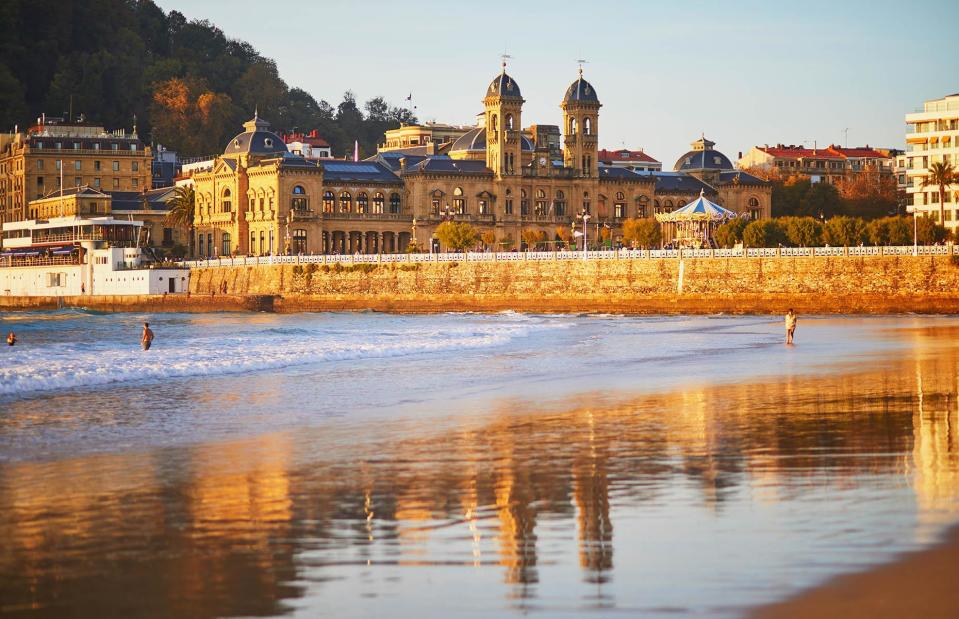
katerina Pokrovsky/Shutterstock
Whether you’re a foodie or a sun lover – or both – San Sebastian has something for you. Playa de la Concha is a gorgeous crescent of white sand that looks out across the sparkling Bay of Biscay and is regarded as one of the best ‘in-city’ beaches in Europe. The atmospheric old town is a warren of cobblestoned lanes, bursting with vibrant pintxo bars where you can enjoy local wines with bite-size regional specialties. Take the vintage funicular to the top of Mount Igueldo for a breathtaking overview of the city and the bay.
Playas de Ballota, Asturias
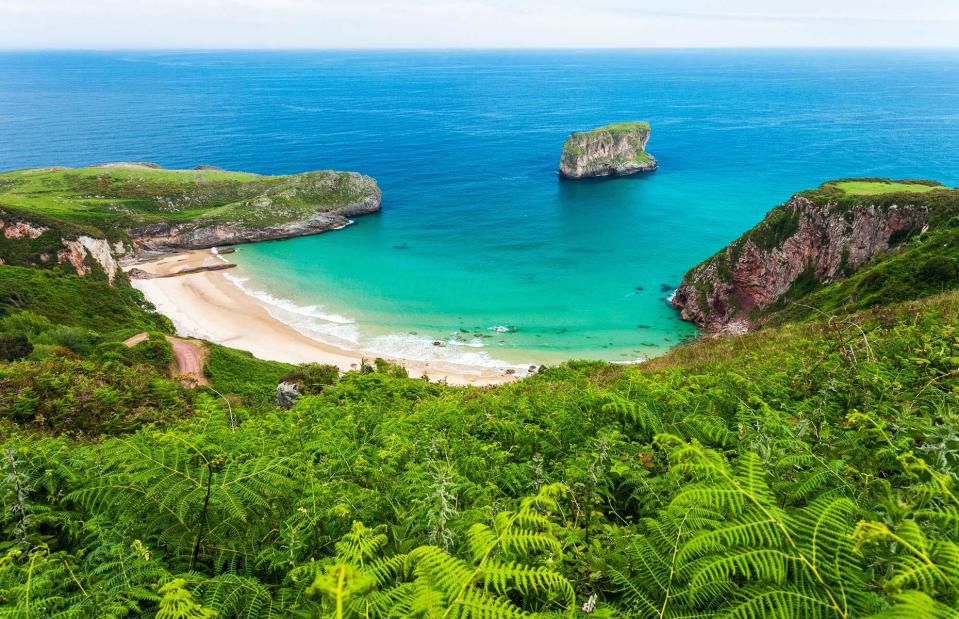
David Acosta Allely/Alamy
Most people make their way to Playas de Ballota for the long, wide sandy beach, or to look upon its almost perfectly shell-shaped form, lapped by the Bay of Biscay and hugged by cliffs. But for birdwatchers there’s an added treat. Right in front of the beach is a loaf-shaped island known as Castro Ballota where yellow-legged gulls and European storm petrels nest. Make sure to arrive early though, as parking can be a bit of a problem in summer.
Ibiza Town, Ibiza
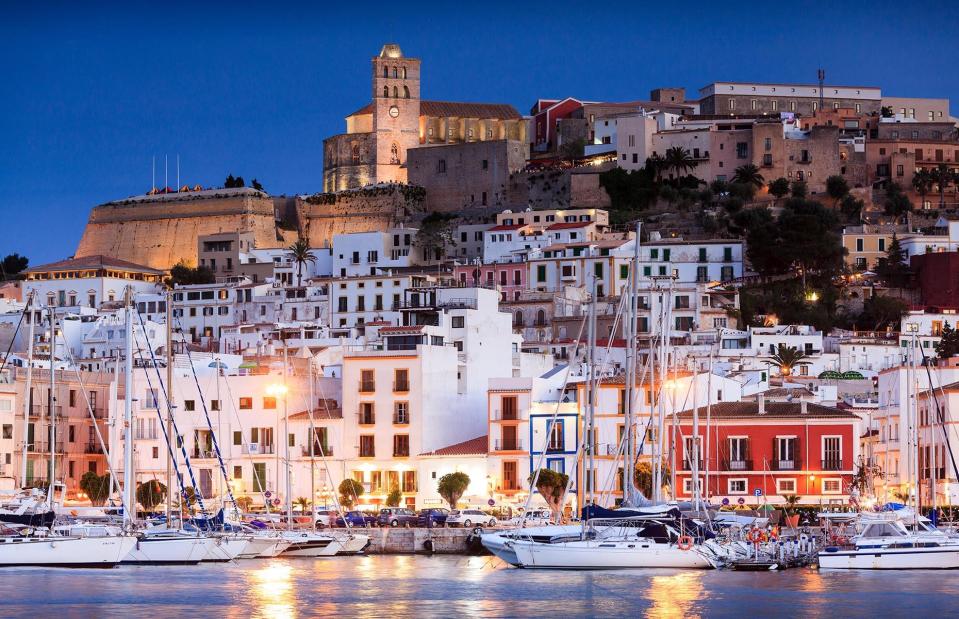
Stephen Hughes/Alamy
Wander the narrow streets of the fortified old town of Dalt Vila in Ibiza Town and you’ll wonder why you didn't visit sooner. With its Gothic cathedral and castle, and medieval and Renaissance-era walls, the city is a stunning sight, especially at night. Should you want to indulge in the city’s world-famous nightlife, just head down to Marina Botafoch and Nueva Ibiza and follow the crowds.
Playa de Sa Boadella, Costa Brava, Girona
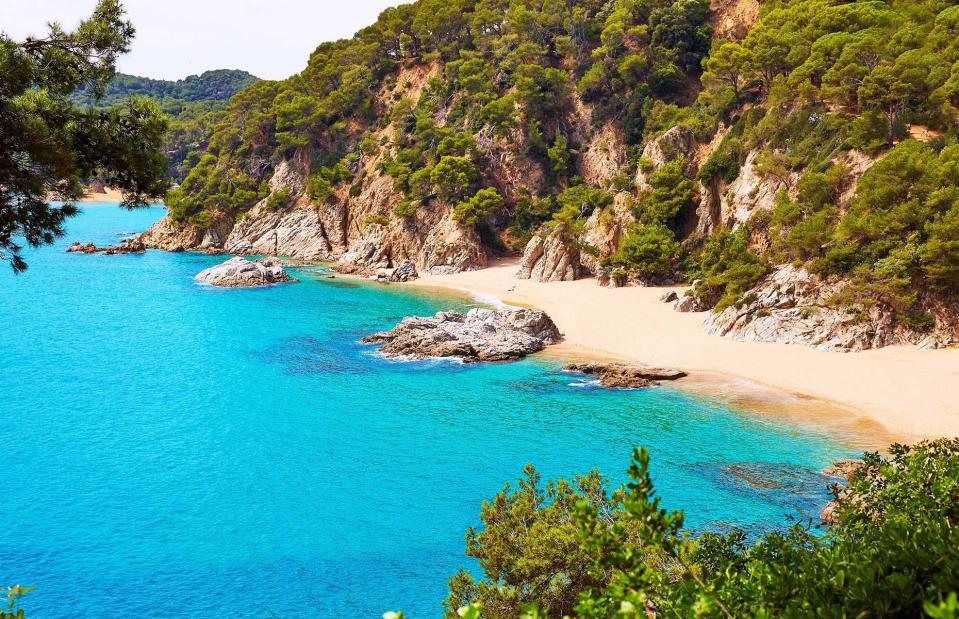
agefotostock/Alamy
Accessible through a pine grove between the Santa Clotilde Gardens and Santa Cristina Beach, gorgeous Playa de Sa Boadella offers a tranquil escape from busy Lloret de Mar, only 2.2 miles (3.5km) away. Breathe in the overwhelming aroma of pine needles as you descend along a path through rocks and verdant vegetation to a stretch of golden sand, rocky outcrops and clear water. Note that part of the beach is designated nudist. Turn left if you want to keep your clothes on.
Torre de Hercules, A Coruna, Galicia
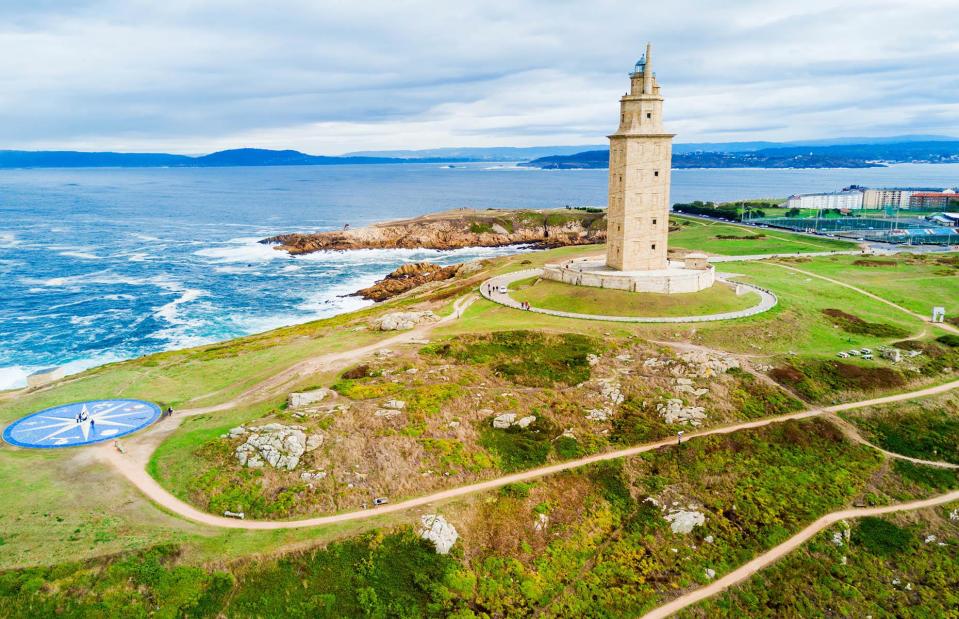
saiko3p/Shutterstock
The Tower of Hercules has been a welcome sight for sailors at the entrance of A Coruna harbour in northwestern Spain since the late first century. According to ancient mythology, Hercules cut off the head of the giant Geryon here and built a monument to mark the spot. It was restored in 1788 by order of King Charles IV of Spain and remains one of the oldest working lighthouses in the world. Those who climb the 242 steps to the top are rewarded with spectacular views of A Coruna and its coastline.
Timanfaya National Park, Lanzarote, Canary Islands
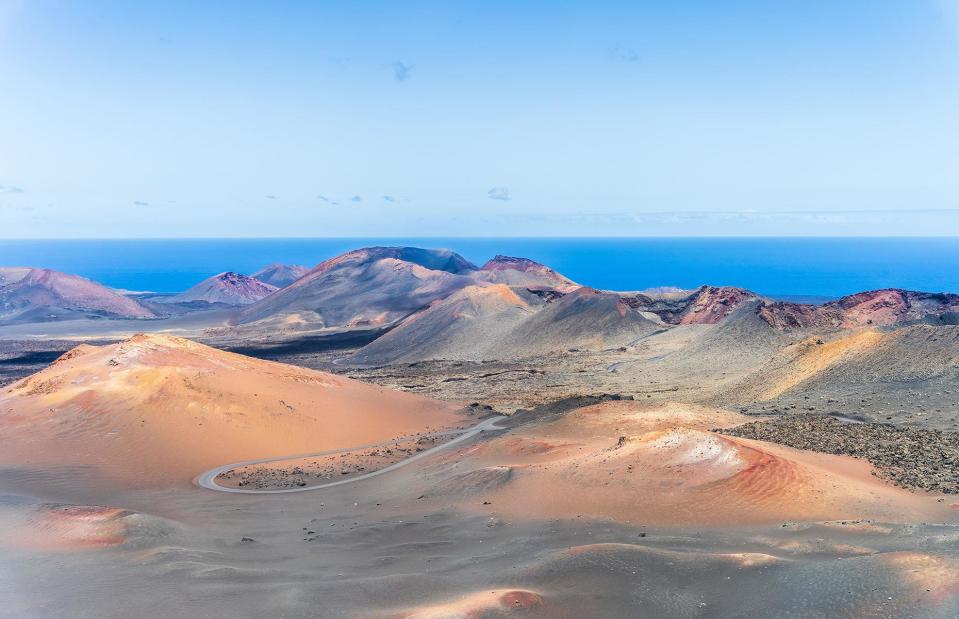
Torben Knauer/Shutterstock
Until manned flights to Mars become a reality, visiting Timanfaya National Park in the southwest of Lanzarote remains the next best thing. The park is eerily bereft of life, a dramatically barren landscape of reds, greys and blacks created by calamitous volcanic eruptions in the 18th century. At its heart is Montanas del Fuego, the Mountains of Fire, a popular stop on the 8.7-mile (14km) Volcano Trail. There are other walking routes too: the self-guided 5.6-mile (9km) Coastal Route and the Tremesana Route, a guided 2.5-mile (4km) walk that is far less challenging.
Parque Nacional de Donana, Andalucia
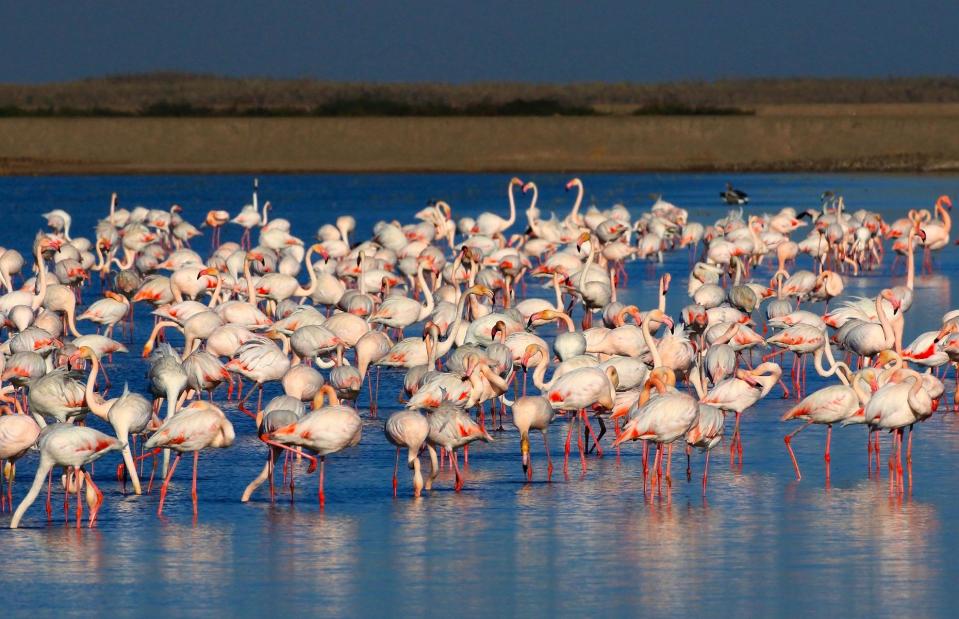
blickwinkel/Alamy
Straddling the Andalucian provinces of Huelva, Seville and Cadiz, Donana National Park is one of Europe’s most beautiful and important wetlands. It's a vital breeding and wintering site for migratory birds, including flamingos that create a breathtaking 'pink carpet' as they feed in the shallow waters. As well as exploring the pine groves, dunes, cliffs and miles of unspoiled white beaches, take time to visit the 13th-century monastery in the village of El Rocio and sample the legendary white prawns from Huelva.
Faro de Chipiona, Cadiz

joserpizarro/Shutterstock
Standing 205 feet (62m) high, the Faro de Chipiona is the tallest lighthouse in Spain. It was built in 1867 and signals both ships and planes from its place at the mouth of the Guadalquivir River. The engineer who designed it, Jaime Font, gave geometry lessons to the stonemasons to ensure that their work was just so. The result of his obsessiveness is best viewed from palm-fringed Playa Cruz del Mar, ideally as the sun sets.
Cabrera, Balearic Islands

robertharding/Alamy
This largely deserted island, eight miles (13km) off the southern coast of Mallorca, sits in the heart of the Cabrera Archipelago Maritime-Terrestrial National Park, a 351-square-mile (908sq km) maritime preserve created in 1991 to protect the unique underwater world here. The coves, beaches and caves that dot its jagged coastline are best explored by boat. The crystal clear waters are perfect for swimming, and those with masks and flippers can see the vast underwater meadows of seagrass, among the best preserved in Europe. On land, there’s an atmospheric 16th-century castle.
Mahon, Menorca

ACORN 1/Alamy
Mahon, (or Mao) is the capital of Menorca and is famous for its British-style Georgian houses and its sheltered port, which sits in one of the deepest natural harbours in the world. The sprawling La Mola fortress, built by Queen Isabella in the 19th century, dominates the southeast entrance to the harbour, and the old quarter is packed with charm. Tuck into freshly prepared tapas in the fish market, visit the Museum of Menorca set in an old Franciscan monastery and take a wander down hidden alleys in search of the city’s famously idiosyncratic door knockers.
Cudillero, Asturias
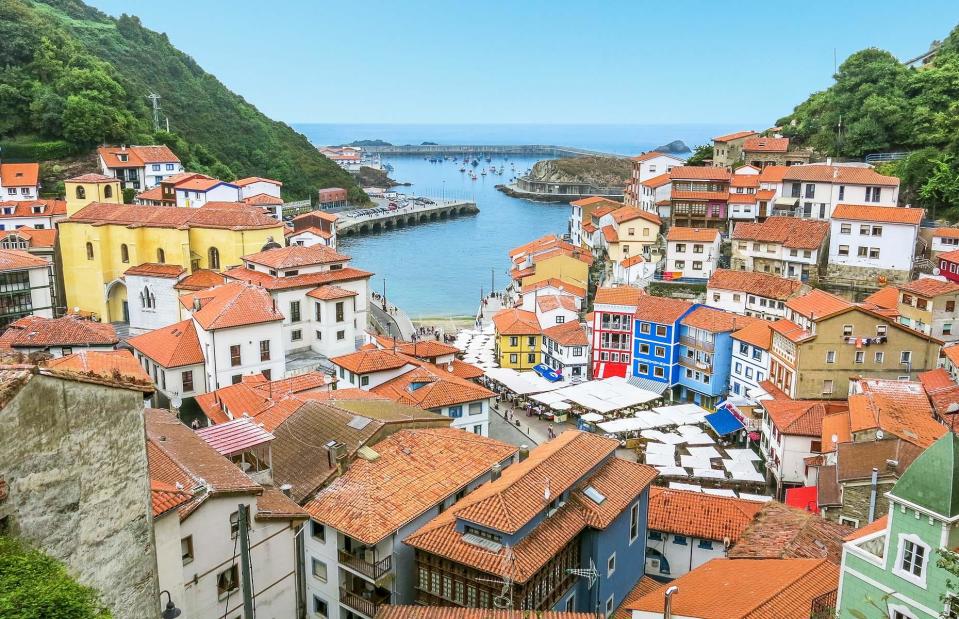
essevu/Shutterstock
The pastel-coloured fishing village of Cudillero is arranged like an amphitheatre around a beautiful harbour in northern Asturias. Fishing is still the key industry here, and gulls circle overhead hoping to catch scraps from the day’s catch. Spaniards come here to de-stress, usually with a local cider in hand. But the town is also famous for its exuberant folk dances and pagan-influenced festivals like L’Amuravela. The sandy beaches of La Cueva, San Pedro and Oleiros are just 15 minutes away too.
Tarifa, Cadiz
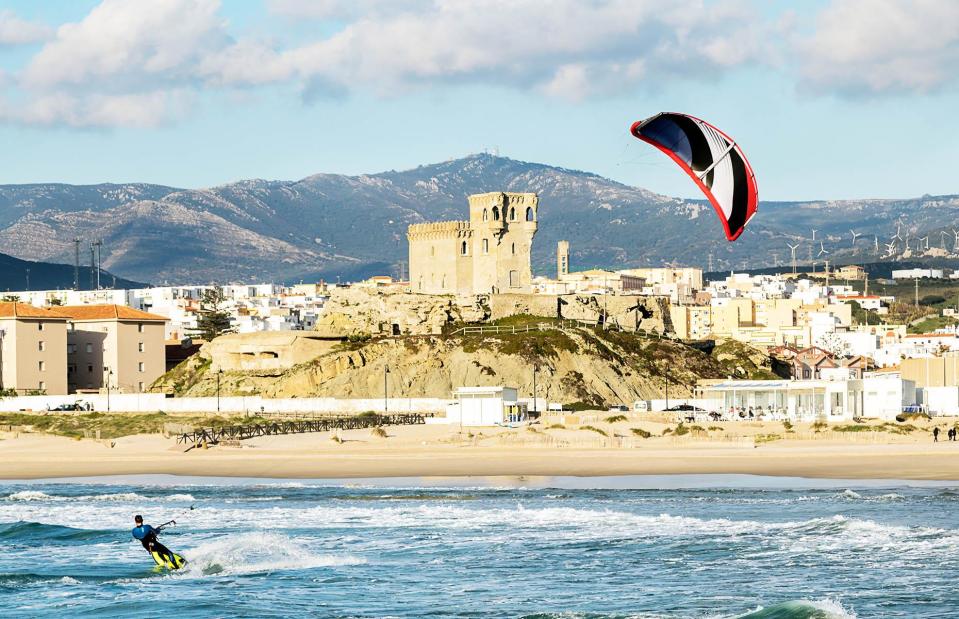
Juanamari Gonzalez/Shutterstock
Tarifa sits on the southernmost tip of Spain, jutting out into the Strait of Gibraltar where the Mediterranean meets the Atlantic. It’s full of buzzing tapas bars, trendy boutiques and chic villas, but it is the wind here that makes it truly special. This is where the winds from the levante (east) meet the winds of the poniente (west), making Tarifa one of the windsport capitals of the world. If kite-surfing is not your thing, fear not: there’s a Moorish old town to explore and the wonders of the El Estrecho Natural Park to discover.
Puerto de Mogan, Gran Canaria, Canary Islands

Traveller70/Shutterstock
With its canals, bridges and labyrinth of narrow paths, the pretty fishing port of Puerto de Mogan in the southwest of Gran Canaria is affectionately known as 'Little Venice'. This Venice, however, is garlanded with palm trees and bougainvillea and enjoys an average summer temperature of 28°C (83°F). There’s a small golden-sand beach, protected by a breakwater, a bunch of lively cafés and bars offering live music lining the harbour. Don't miss the mirador at the back of the town offering panoramic views across the rooves to the sparkling sea beyond.
El Rompido, Huelva
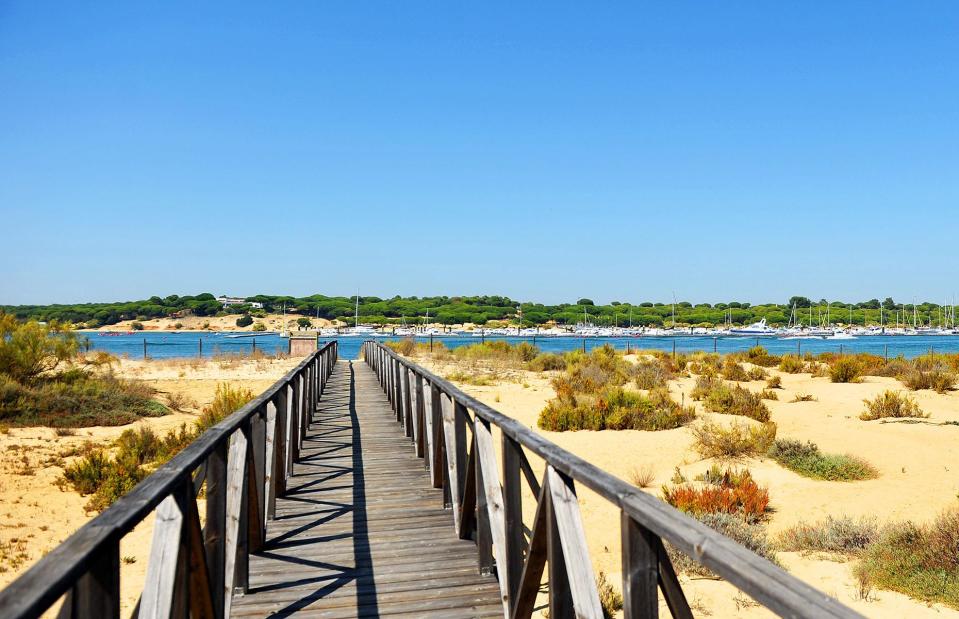
joserpizarro/Shutterstock
El Rompido sits on the Rio Piedras river estuary, surrounded by a wetland reserve and protected by the Flecha del Rompido, a narrow sand strip that separates the port from the open sea. The 5-mile-long (8km) beach on the spit can only be reached by ferry and is regarded as the most spectacular on the Costa de la Luz. It is never overcrowded, even in the height of summer. Back in the village, life continues much as it has since it was a centre for catching bluefin tuna generations ago.
Castro Urdiales, Cantabria
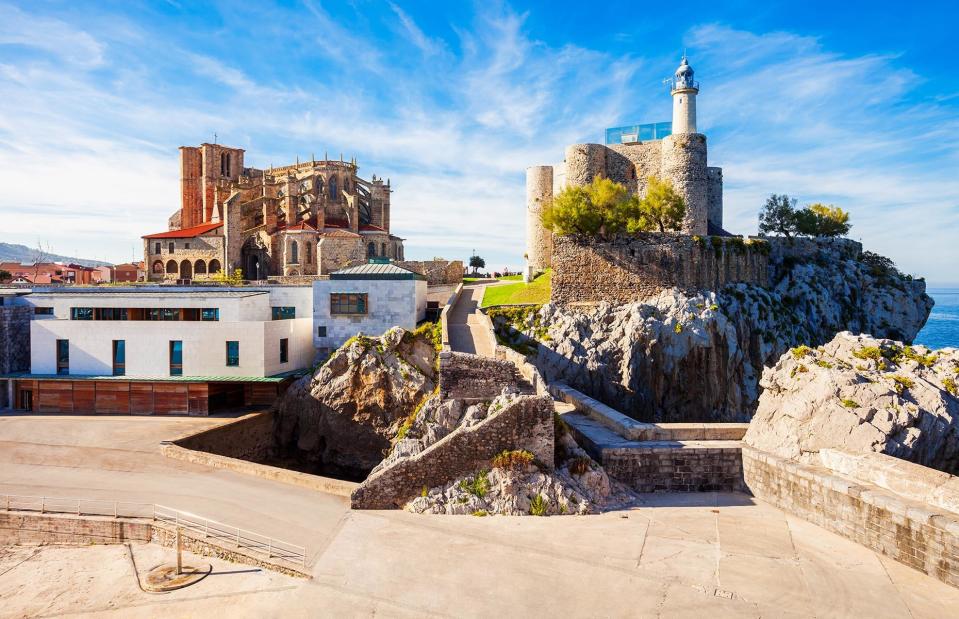
saiko3p/Shutterstock
Castillo de Santa Ana is one of the best-preserved castles in Spain. It sits overlooking the Bay of Biscay, next to the atmospheric old town of Castro Urdiales. It was built and renovated across 400 years between the 12th and 16th centuries and is reached by crossing the town’s arched medieval bridge. The lighthouse is a newer addition, built atop the castle in 1863. Wander the atmospheric streets of the old town, take a dip at the Blue Flag-rated Ostende beach and treat yourself to a seafood feast at the charming Meson Marinero restaurant.
Cadaques, Girona
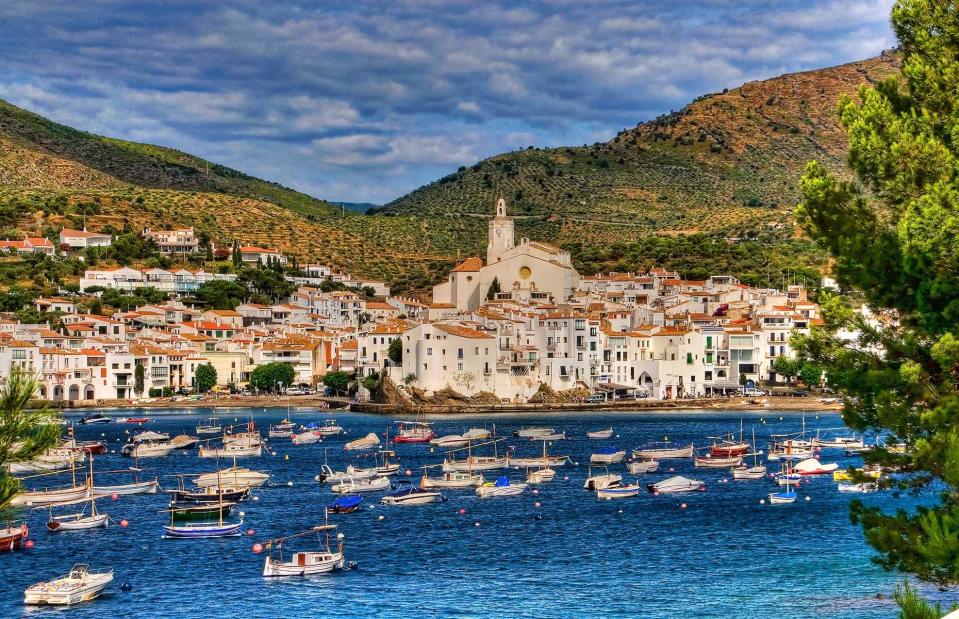
Christopher Hotton/Shutterstock
Perched on the tip of the Cap de Creus peninsula, Cadaques is a jumble of whitewashed facades and red rooves, overlooking an impossibly blue sea. It makes the perfect base for exploring the region's beautiful beaches and quiet coves, as well as the incredible landscape of Cap de Creus Natural Park. Dine alfresco by the harbour and you'll see why this pretty town has long been a favourite for artists, including Salvador Dali and Pablo Picasso.
Ciutadella, Menorca
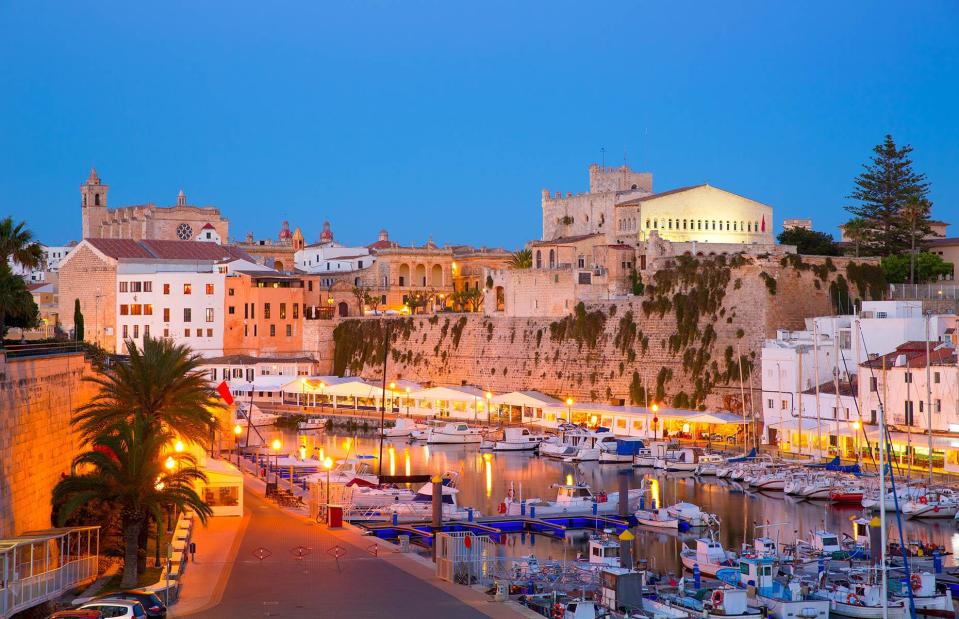
lunamarina/Shutterstock
Locals have a nickname for the historic port of Ciutadella: Vella I Bella, meaning old and beautiful. Lose yourself in the labyrinth of alleys and lanes in the atmospheric old town and it’s hard to disagree. The stunning Gothic cathedral will take your breath away. The harbour is beautiful too, especially when experienced on an llaut, one of the traditional wooden boats found on this part of the island. Head to the harbour for lively restaurants and seafood prepared the Menorcan way, or Placa dels Pins for alfresco dining in a beautiful garden square.
Parque Nacional Maritimo-Terrestre de las Islas Atlanticas de Galicia

StockPhotoAstur/Shutterstock
If you’re looking to avoid the summer crowds, head to the Atlantic Islands of Galicia National Park in the extreme northeast of the country. Here the mighty estuaries of the north meet the waters of the Atlantic, creating a unique ecosystem where marine life and birdlife flourish and human habitation has had little impact. The park is made up of four small islands – Cies, Ons, Salvora and Cortegada – each with clearly marked trails, deserted beaches and panoramic viewpoints. Visitor numbers are restricted so book your ferry ticket well in advance.
Salvador Dali Museum, Portlligat, Girona
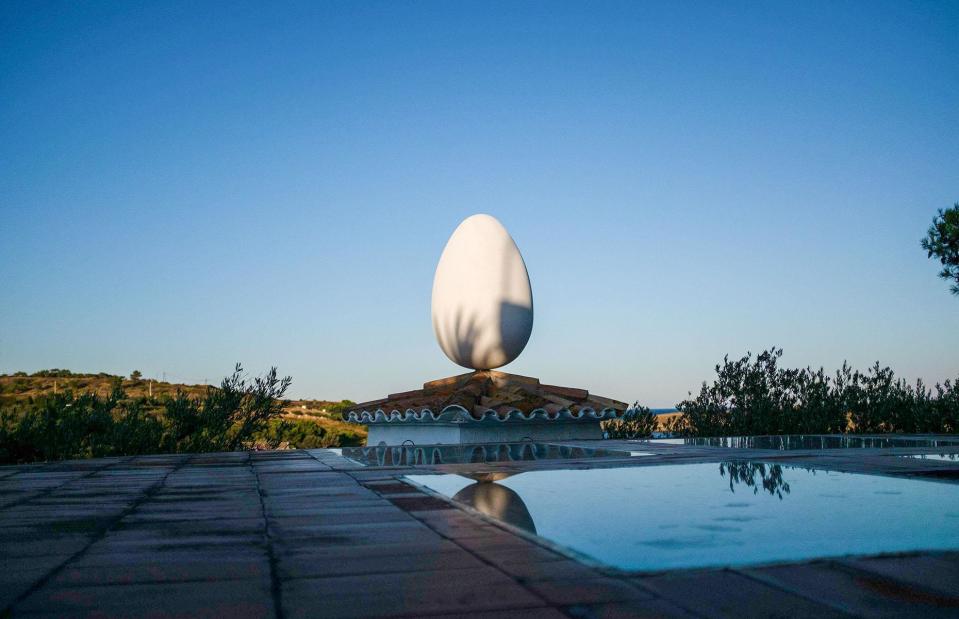
Corinna Kern/Alamy Stock Photo
It’s easy to see what drew Salvador Dali to Portlligat. Situated on a narrow bay on the Costa Brava, it is considered the most beautiful village in Catalonia, but one that has somehow stayed off the mass tourism radar. The artist lived and worked here from 1930 to 1982, and after his death his house was transformed into Casa-Museu Salvador Dali. The house was originally a collection of fishing huts and provides a suitably surreal home for some of Dali's most interesting work.
Formentor lighthouse, Mallorca

imageBROKER/Alamy Stock Photo
Sitting atop a rocky cliff on a peninsula, 984 feet (300m) above the Mediterranean, this lighthouse in the far north of Mallorca is certainly one of the most dramatically situated in Spain. The road leading to it is equally spectacular, and since vehicular restrictions have been put in place it has become increasingly popular with cyclists, who appreciate the stunning views and near-perfect tarmac. Make sure to break your journey with a dip in the crystal clear waters of Formentor Beach. Surrounded by pine-clad mountains and rarely crowded, it’s considered one of the most beautiful in Spain.
San Juan de Gaztelugatxe, Biscay

mhenrion/Shutterstock
Fans of the TV series Games of Thrones will immediately recognise the jagged island of San Juan de Gaztelugatxe as Dragonstone, the ancestral home of Daenerys Targaryen, the mother of dragons. In reality this dramatic stretch of coast has been a place of pirates, covens and legends since time immemorial. Join pilgrims of all persuasions as they climb the 241 steps to the small hermitage dedicated to John the Baptist, and make sure to pull on the rope to ring its bell three times to attract good luck and chase away evil spirits.
Catedral-Basilica de Santa Maria de Mallorca, Palma, Mallorca
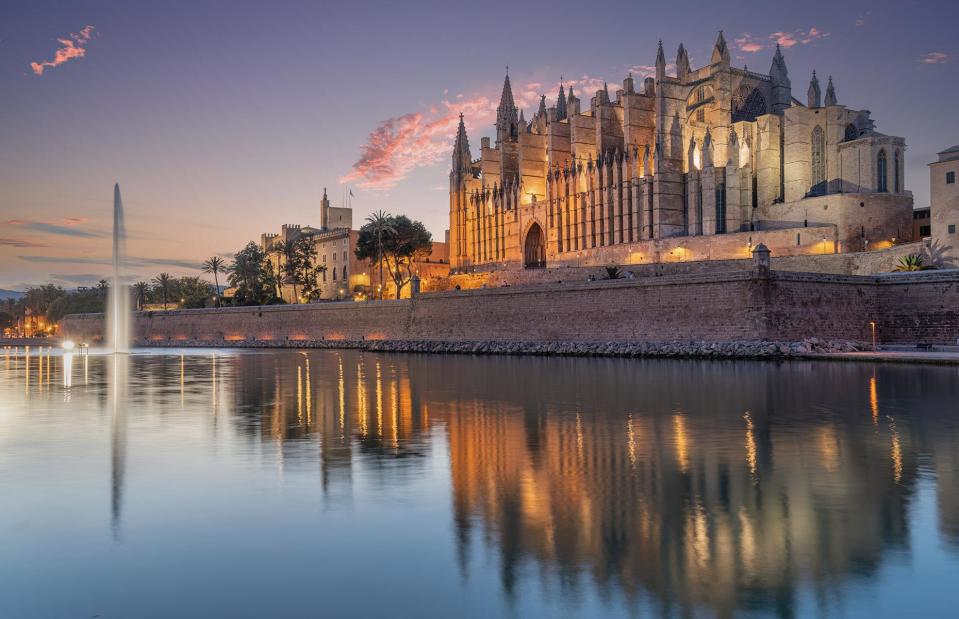
Gordon Bell/Shutterstock
You can’t miss Palma’s imposing Gothic cathedral. This brooding hulk of a building dominates one end of the curve of Palma Bay. Known simply as La Seu, it is a hymn in golden sandstone and an unmissable landmark from both land and sea. Inside, the 61 stained-glass windows offer a colourful light show, particularly the central rose window which captures the morning sun and bathes the whole interior with light. Antoni Gaudi has left his mark too. He designed the striking canopy hanging over the altar, shaped like an enormous crown-of-thorns and illuminated during special occasions.
Llanes, Asturias
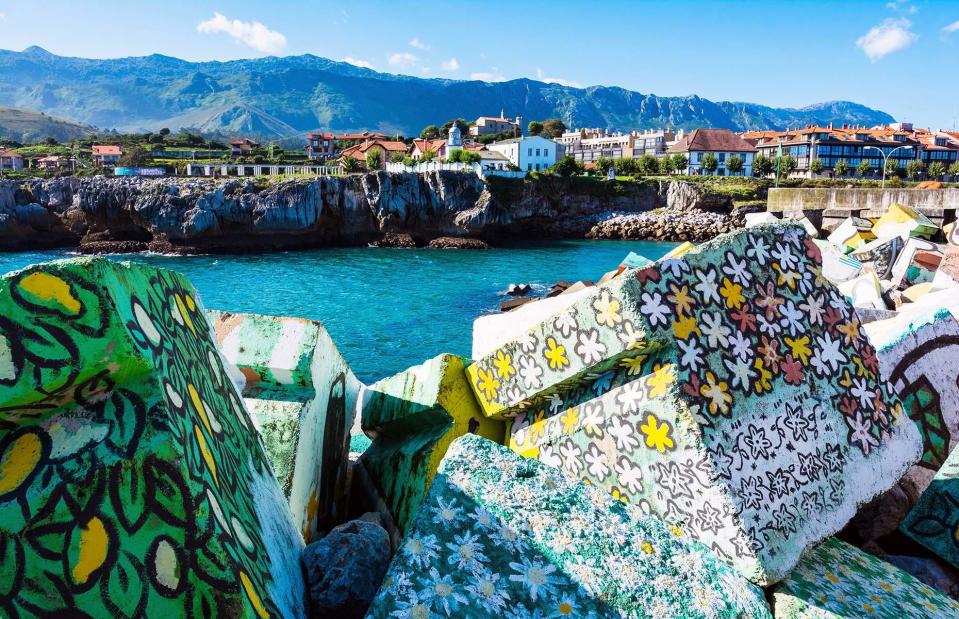
M Ramírez/Alamy Stock Photo
Llanes is a traditional Basque fishing port, surrounded by a lot of beaches: 29 in all. Playa El Sablon is the most popular, but Playa de Puerto Chico boasts a picturesque lighthouse too. Back in the harbour, the concrete blocks have been painted and transformed into a piece of public art called 'Cubos de la Memoria' by Basque painter Agustin Ibarrola. Food is important here too, and not just the fresh crab, lobster, mullet, scorpionfish, anchovies and squid. The people of Llanes love their cheeses, especially the soft and creamy queso de Vidiago.
Estepona, Costa Del Sol, Malaga

Pawel Kazmierczak/Shutterstock
Is there a more beautiful Spanish town square than the one in Estepona? Whitewashed and overflowing with flowers, the gorgeous (and appropriately named) Plaza de las Flores is a popular meeting spot and a great place to watch the world go (slowly) by. The rest of the town is lovely too. The palm-lined Paseo Maritimo runs alongside Playa de la Rada, and bars and restaurants around the fishing port and the cove of Playa del Cristo remain lively well into the night.
Tamarit, Tarragona

Sergi Boixader/Alamy Stock Photo
Built in the 11th century, Tamarit castle on the Tarragona coast has been a prison, a watchtower and a Romanesque church. Now privately owned, it provides a suitably exotic backdrop for two of Catalonia’s best beaches: Playa Tamarit, a laid-back stretch of sand with shallow water and a designated area for kite-surfing and kayaking, and Cala Jovera, a tiny cove surrounded by pine trees right at the base of the castle. As the sun begins to dip, the esplanade in Tamarit is the perfect place for an early evening walk or aperitivo.
Praia de Lumebo, Galicia
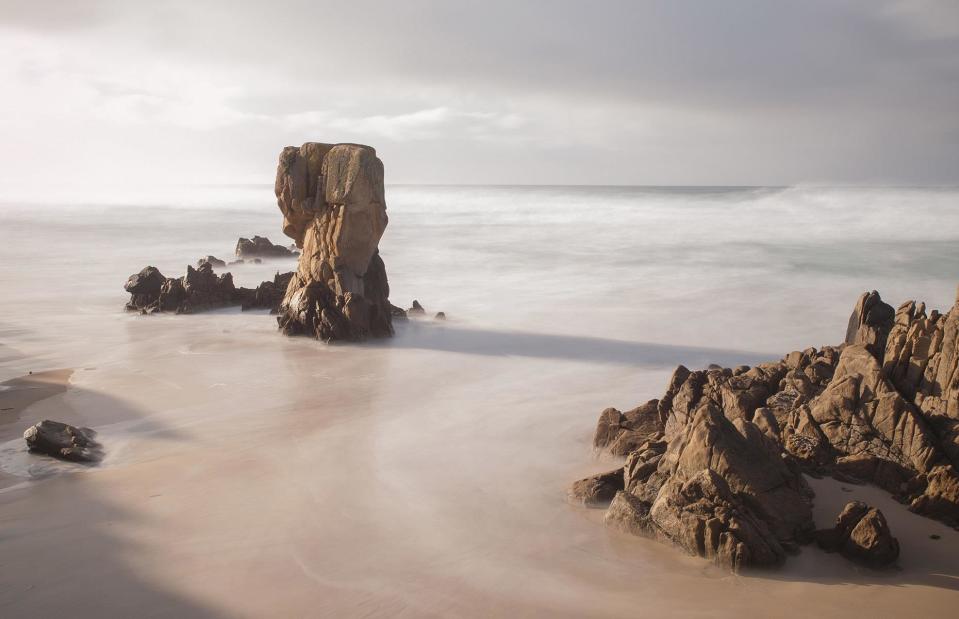
Ramon Espelt Photography /Shutterstock
Negotiating the narrow path down to Praia de Lumebo is not easy, but the rewards are great: a deserted stretch of golden sand, otherworldly rock formations and the wild Atlantic ocean before you. Though it's less than seven miles (11km) east of the port city of Ferrol, it feels like the ends of the Earth. It's the perfect place to take a dip in the clear blue ocean, or just sit on the beach and watch one of the best sunsets on the Galician coast.
Alcazaba, Malaga
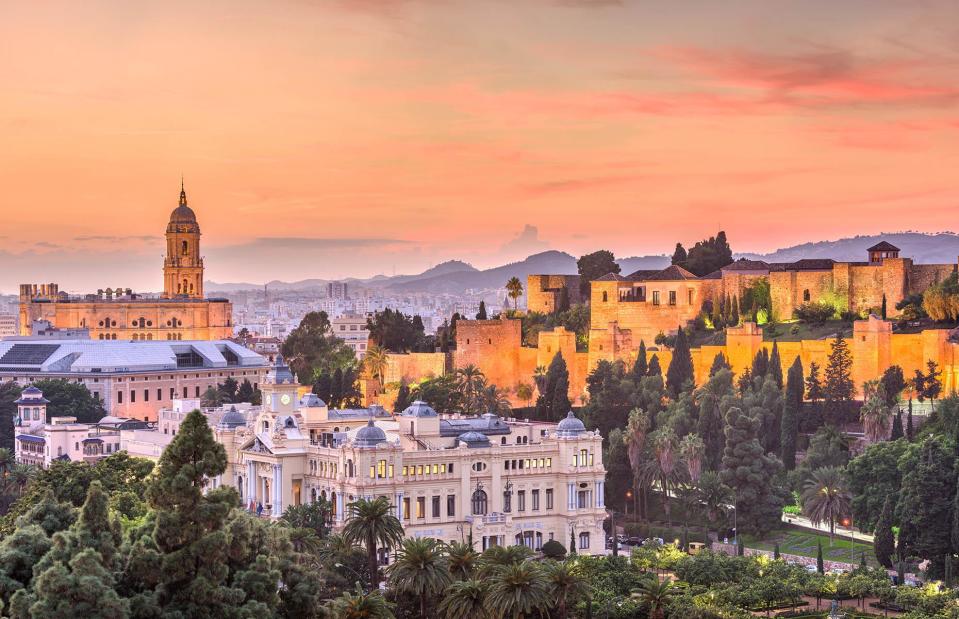
Sean Pavone/Shutterstock
Take a moment from the hustle and bustle of downtown Malaga to explore the Alcazaba, a palatial fortress built during the era of Muslim rule. Constructed on the slopes of the Gibralfaro, it is considered one of the most beautiful and best preserved in Spain. It is reached along a meandering path that climbs through crimson bougainvillea and fragrant jasmine bushes, past rows of orange trees to cool courtyards with bubbling fountains and the lovely Patio de la Alberca, perfect for a moment of quiet contemplation.
Cala Mitjana, Menorca
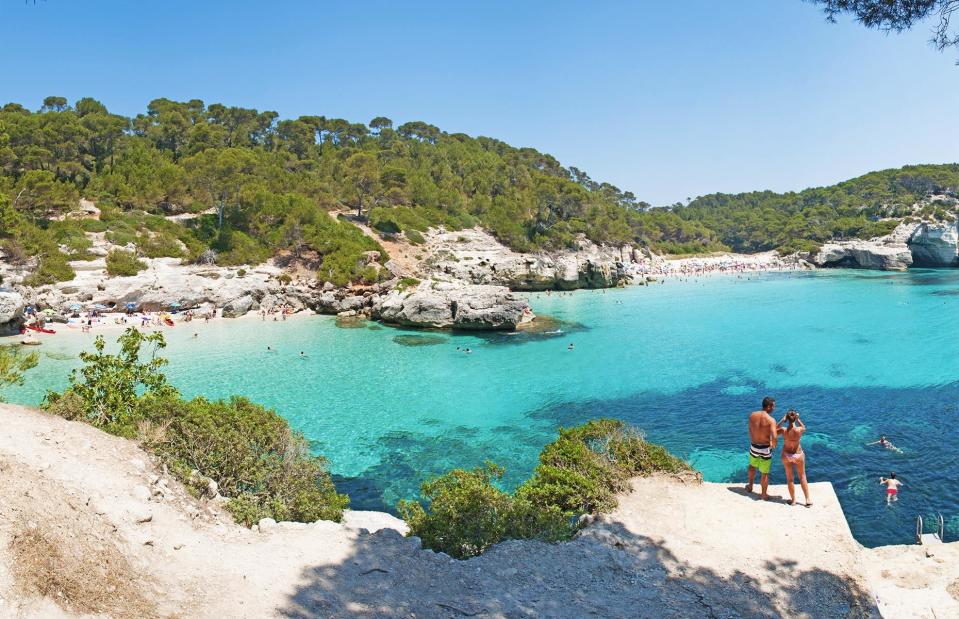
Naeblys/Alamy Stock Photo
With more than 200 small coves – or calas – the Balearic island of Menorca has more miles of beaches than Mallorca and Ibiza combined. Here, the sand seems whiter and the water a more startling shade of turquoise – and that's especially true at Cala Mitjana, universally accepted as the island’s best beach. It's surrounded by pine trees and only a few miles north of Cala d'Or. A twenty-minute walk from a car park will bring you to this little piece of paradise.


